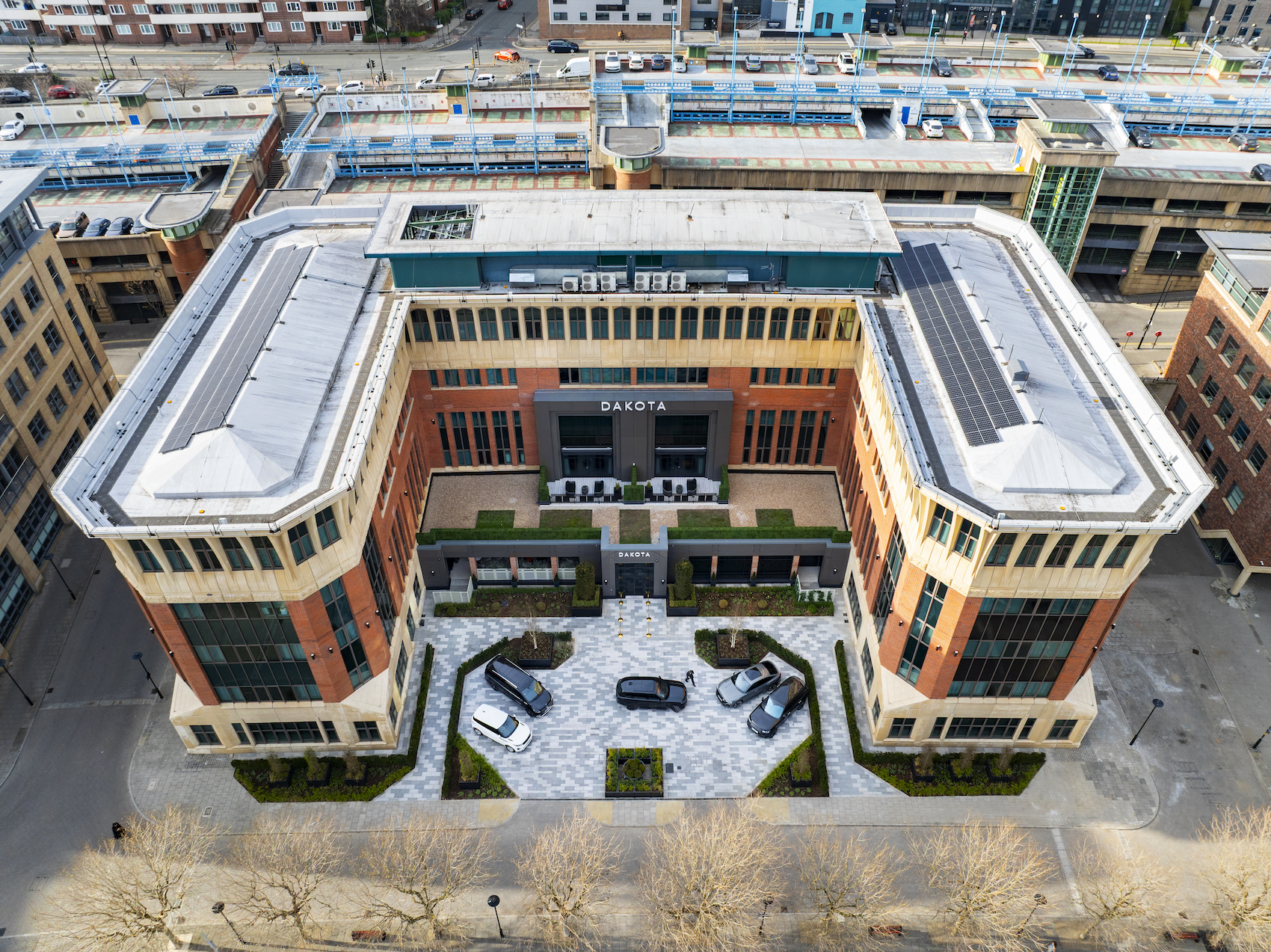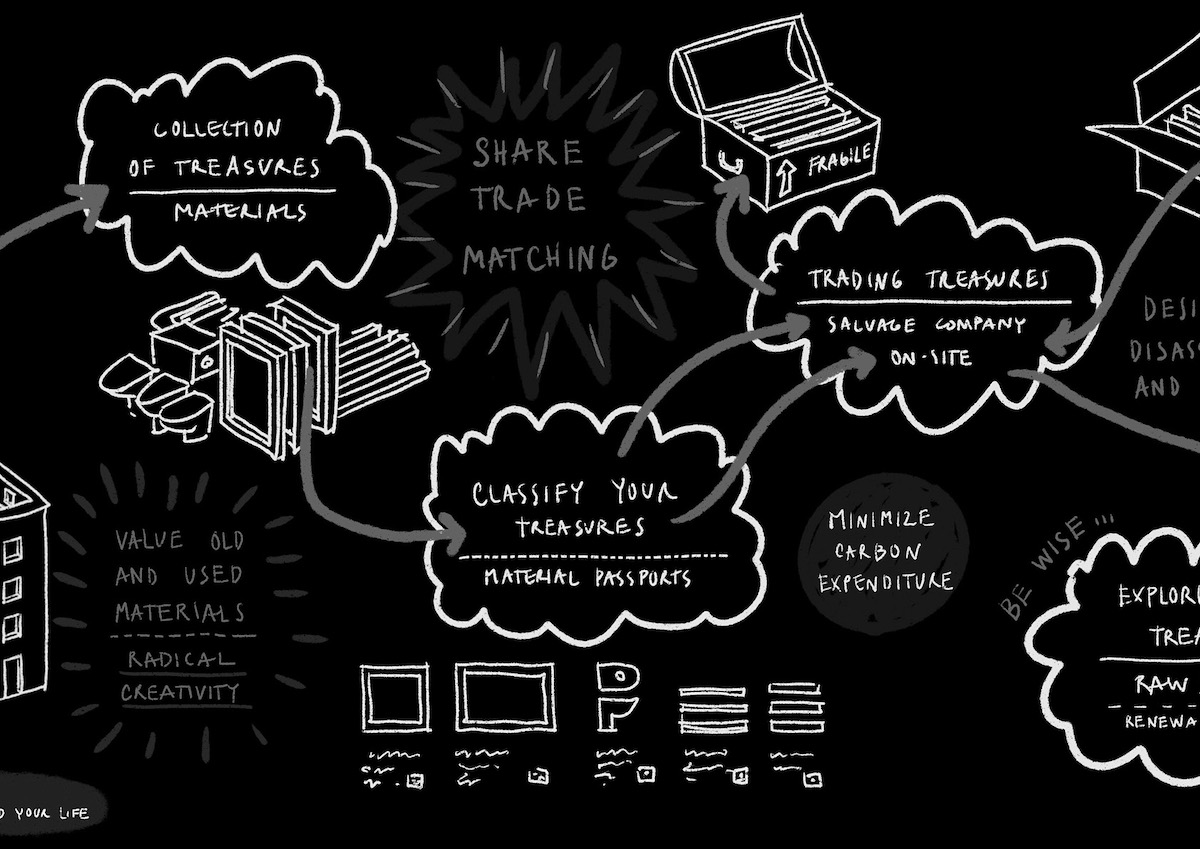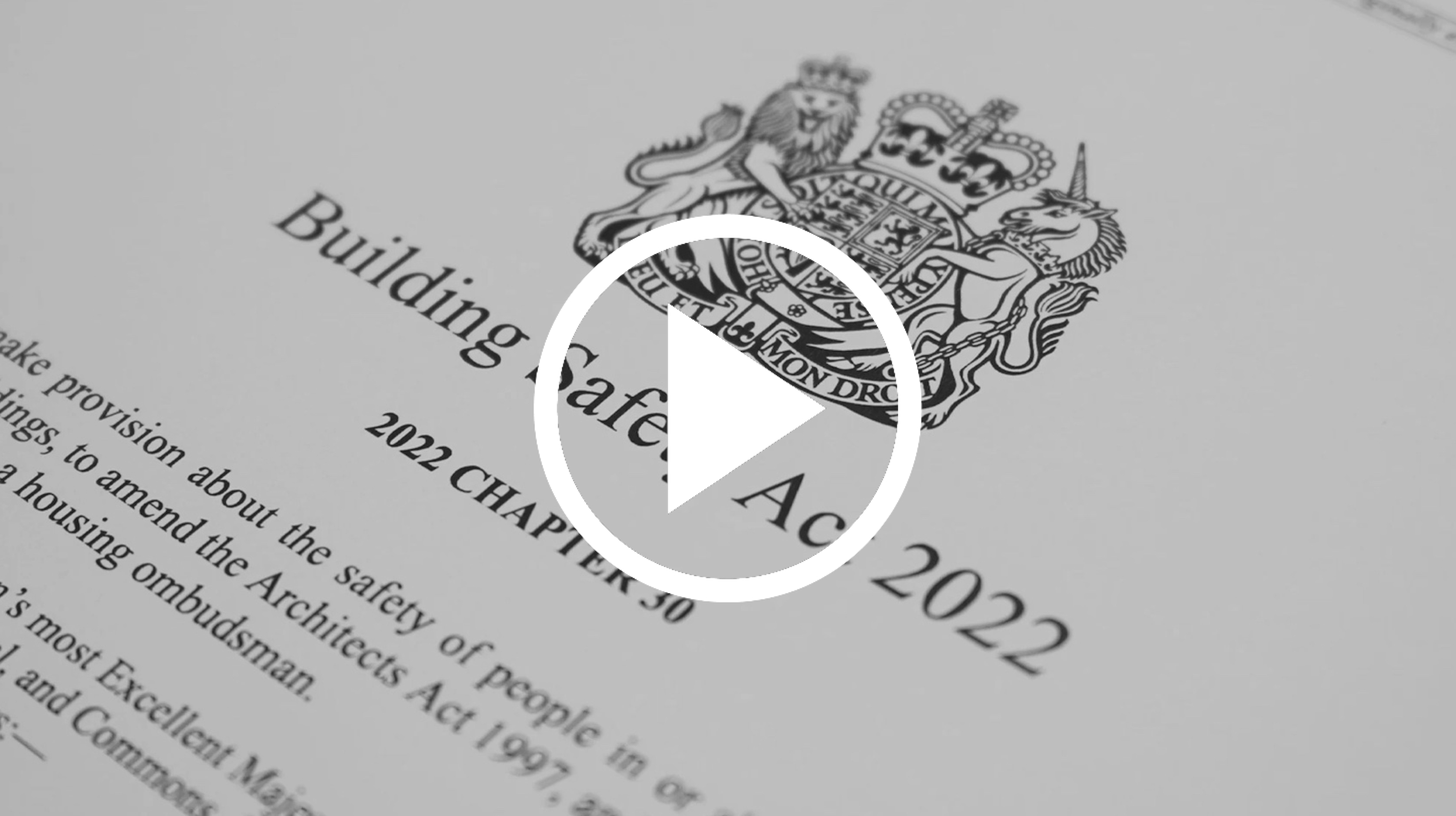Ross Finnie, AccuRoof Sales Director, and Neville Grunwald, Chair of the Joint Competence Initiative for the Envelope Sector (JCI), in conversation with Architecture Today’s Technical Editor John Ramshaw, discuss key areas surrounding competency and the Building Safety Act in relation to roofing design, supply and installation.
In association with![]()
Designed by Fletcher Priest Architects, Lucent W1, London, features a landmark ‘folded’ roofscape made of slate, zinc and hot melt (ph: Landsec/Jason Hawkes)
The far-reaching effects of the Grenfell Tower tragedy and the subsequent introduction of the Building Safety Act have put the issue of competency under the spotlight across every area of the construction industry – not least the roofing sector. So what does this mean for those involved in the design and supply of roofs and roofing solutions? Where do the key competencies lie? How can these be fulfilled and demonstrated? These questions and more were answered by Ross Finnie, AccuRoof Sales Director, and Neville Grunwald, Chair of the Joint Competence Initiative for the Envelope Sector – of which AccuRoof is a member – in conversation with Architecture Today’s Technical Editor John Ramshaw.
Under the Building Safety Act, what are the key areas to consider with regards to roofing?
Neville Grunwald from my perspective, the Building Safety Act covers every project from a shed to the Shard. Most people tend to focus on all the challenges that come with high-risk buildings and go straight to those. But there are two things that are really important for all projects: first, we’ve got to build with the right products so we can meet the functional requirements of the Building Regulations. Second, we’ve got to do it with competent people.
So how can roofing designers and suppliers, such as AccuRoof demonstrate their competency to architects and the wider construction industry?
Neville Grunwald As an industry, we’ve been focusing for many years on training courses for installers. However, we also need to consider estimators, salespeople, procurers and designers. If they make a bad job of it, it doesn’t matter how good the installers are, you won’t get a good roof.
Ross Finnie Proving competency is actually very difficult. There aren’t, as yet, third-party accredited courses, for say, specification advisors for flat roof designs, or estimators. The JCI is trying to formulate a competency level for the building envelope sector, but it’s a huge task: there’s something like 750 different questions for each element in order to prove a specific area of competence. So what we can demonstrate at the moment is a commitment to working [with the JCI and others] towards something that’s recognised by the industry and gives us a platform from which to demonstrate competence.
Neville Grunwald The original intent of the Building Safety Act was that you had to prove your skills, knowledge, experience and behaviour – often referred to as SKEB. The definition of knowledge was a certificate gained through educational/vocational means; however this has been softened to just training. But who carried out the training, and were they competent? At the moment, somewhere in the region of 70 per cent of the industry do not have training schemes that will result in a certificate of demonstrable competence. And the operative word here demonstrable. We have competent people doing things every day in the industry, but we have a relatively small number of bad actors that are either ignorant or unprepared to be trained or brought up to speed. We need to get to a position over the next five years or so where we have a robust way of proving demonstrable competence. What we’re trying to do with the JCI is set out levels for the skills, knowledge, experience and behaviours required to demonstrate this. AccuRoof, together with other suppliers and manufacturers are coming to the table and will be helping to formulate this, because we need to.
What key areas of competency do architects need to address when it comes to roof design and specification?
Neville Grunwald For anyone, the key thing you’ve got to know as part of competence – and this sounds counterintuitive – is where your competence ends. For this reason, architects should listen to and learn from specialists, whether it be designers, suppliers, or contractors, because any individual’s knowledge has limits. Specifiers should be talking to valued and trusted specialists, such as AccuRoof, who are working hard towards competence. AccuRoof’s system agnostic approach to specification is also helpful, as the company will always recommend the right roofing solution for the project – not what is simply available or what’s best for its own ends.
Ross Finnie Architects are often looking for that ‘little bit extra’ when it comes to designing roofs and façades, and as roofing experts we have to be able to say, ‘sorry guys, that’s not within the regulations. Yes, you can do it, but you’re going to have to take on the design liability, because we don’t believe it’s correct.’ It’s a question both competency and ethics for us.
Do you think that the new Gateways under the Building Safety Act will change the relationships between architects and specialist roofing designers and suppliers?
Ross Finnie I think they have the potential to change the procurement route from a design and build model to a design then build one. This will necessitate higher levels of collaboration between architects and roofing specialist from the outset in order to achieve specification objectives and ensure buildability. It may also require more time, lengthening the overall contract period.
Neville Grunwald This is true, although the use of pre-contract service arrangements between Gateway One and Two might increase the speed and efficiency of the procurement process in this respect.
How can specialist suppliers, such as AccuRoof, contribute to the golden thread at the design, construction and post-occupancy stages?
Ross Finnie The owner/operator of any building should be under no illusions about where their responsibilities lay, and it’s up to us to communicate them in respect of the roofing. There are a lot of manufacturers out there who seem to think that flat roofs can simply be installed and then forgotten about. But again, it’s about being honest and saying, ‘look, the [roofing] product is suitable for this application, but you must do X, Y and Z in order to ensure its long-term performance and durability.’ This means following a maintenance schedule, which we attach to all our roofing guarantees.
Neville Grunwald One thing that we’ve got to do as an industry – and are currently really bad at – is producing ‘as-built’ drawings. There are so many projects where you go back, look at a specific detail, and then discover it’s not as it was drawn. We should be capturing that information on site as we go along. This will ensure that onsite changes – often intended to circumnavigate unseen problems or tolerance issues – are duly noted, and the relevant drawings updated and issued ‘as-built’ – rather than taking the existing construction drawings and later stamping them as-built.
What key areas of improvement are still needed within the roofing and cladding industry to increase competence?
Neville Grunwald To improve things from a roofing and façade perspective we need to ditch egos, work collaboratively, and avoid silo thinking. The idea that because somebody, somewhere in the decision chain makes a bad idea, we’ll get by (as we can’t be bothered to look at it) won’t save us all from an appointment with somebody in a curly wig at some point in the future, if the building fails. This is particularly true from a safety and/or fire perspective. So it’s in all our interests to work closely together and be more open. It’s not an admission of failure; it’s not an admission that you can’t do your job; and it’s certainly not a witch hunt on the part of the main contractor. It’s a case of trying to make sure that we’re all working safely together. That’s my key takeaway on this point.
How can specifiers find out more about the issues surrounding competence?
Neville Grunwald The JCI White Paper, which is available on the CAB website, is a useful document, and will be updated over the coming months as we add more standards. Presented by the BSI on behalf of the government, Flex 8670 provides an overarching competence framework. On top of that, there’s PAS 8671 and PAS 8672 which deal with the competence of principal designers and principal contractors respectively.
Contact Details
if you require design assistance on a roofing project, please call 01509 505 714, email, or visit the AccuRoof website.














